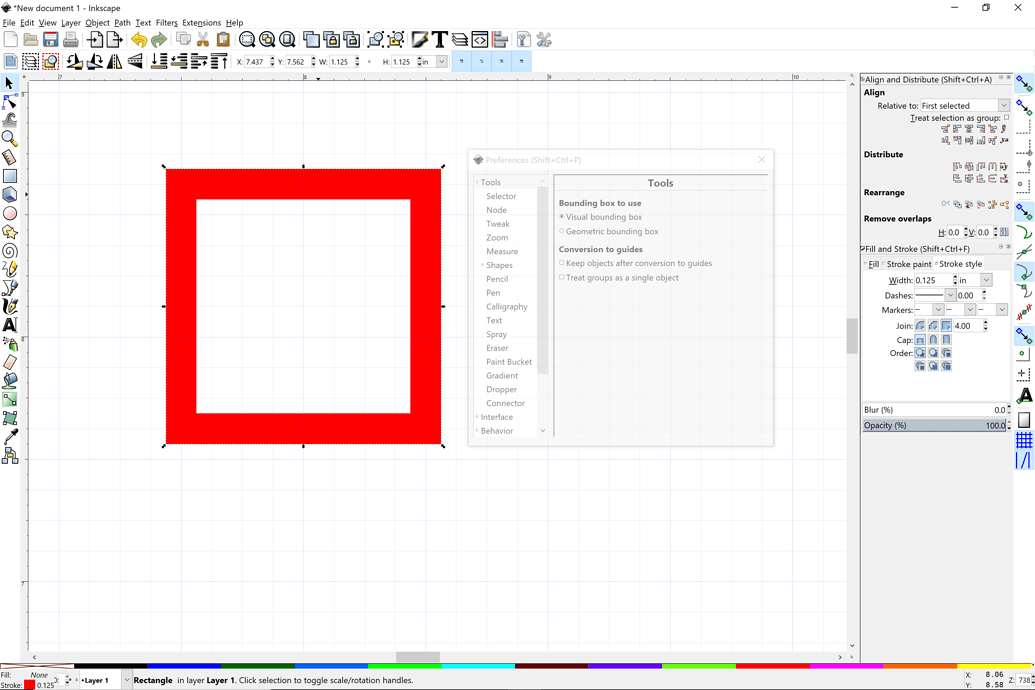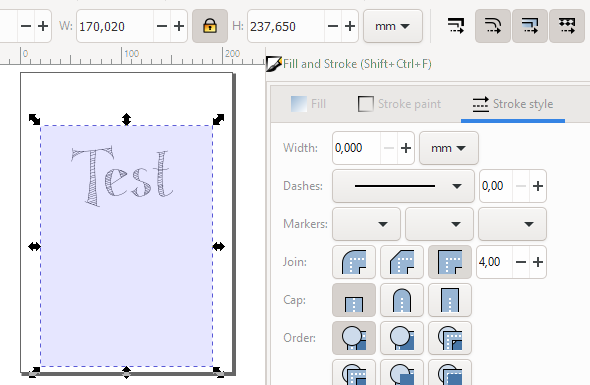

Engraving as a image is not an option from what I can tell since it does engrave the background. Last edited by Kev Williams 12-19-2017 at 3:38 PM. edit towards Bill George- With my machine at least, the reason NOT to engrave an image is because the entire 'invisible' bounding box around the image will engrave, and depending on how resistant or not the material is, your actual image can look like it's sitting in the middle of a snowstorm FWIW, X4 is what I use, and I've never had any part of any vector art change between Corel and EZcad.

And I'm not so sure some versions of Corel won't send garbage to EZcad. If I create anything in GS to use with EZcad (and I do a lot), I have to have Corel open it, then re-export it so EZcad can use it.Īnd this just with the two programs I use. Have no idea why, and there's no output options in GS. Essentially, Gravostyle DXF's come into EZcad with NO straight lines, virtually every straight line will have an arc to it. If I create a DXF in Gravostyle, it turns to garbage in EZcad. If I create a DXF in Corel, it will open perfectly in EZcad. If I create a DXF in Gravostyle, it will open perfectly in Corel. With BigBlueSaw and those two changes, my millimeter SVG files in Inkscape now export to DXF at the proper size. Around line 119, make the following change: scale scale/25.4. However, what program creates the DXF DOES MATTER.to wit: The other change I had to make because I work in millimeters instead of inches. I have included a JPG of a hand graphic I downloaded and the steps involved.I import nothing but DXF into EZcad. The little effort I do for this is well worth the less carving time. Now I can select it, expand it and ungroup it so I can save it as a SVG file Easel can use. I save the file from the CAD program to a DXF file and open it in Illustrator.

next I trim away all excess lines at intersections. I next delete all of the unwanted lines, sometimes I have to explode certain features as they are a single unit. Once in CAD, I zoom into a small section and delete the fill, you are left with hollow images. I open the graphic into Illustrator and save it as a DXF file so a CAD program can read it. I do want to preface that I use AutoCAD and Illustrator, the same results can be done in free programs such as DraftSight for CAD and Inkscape for Illustrator. I have found a solution that works for me. Next I did Save As and picked the only dxf choice, Desktop Cutting. Easel takes so much extra time carving the double lines. I downloaded Inkscape, imported the drawing and used Path -> trace bitmap -> edge. I download a lot of free graphics from the internet and they are almost all multiple lines.

I too have been frustrated by the double lines in my SVGs.


 0 kommentar(er)
0 kommentar(er)
